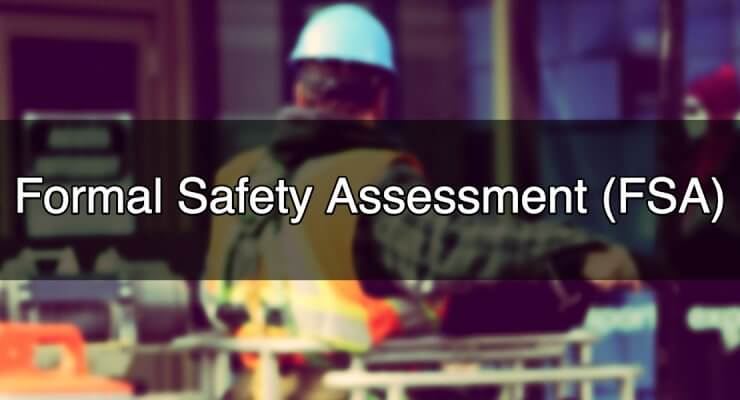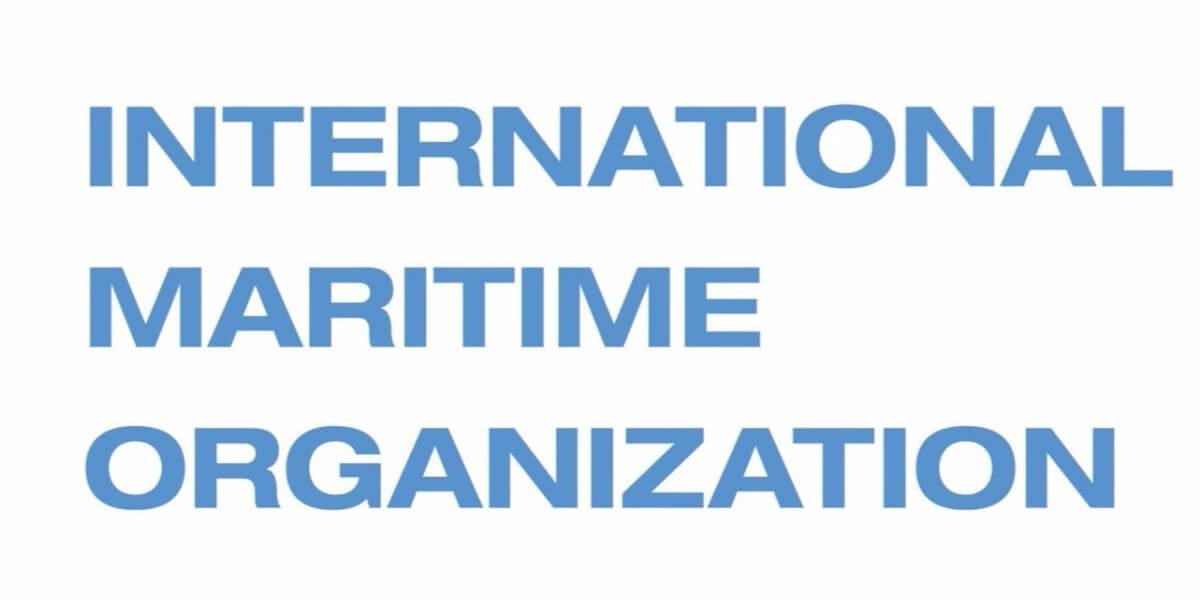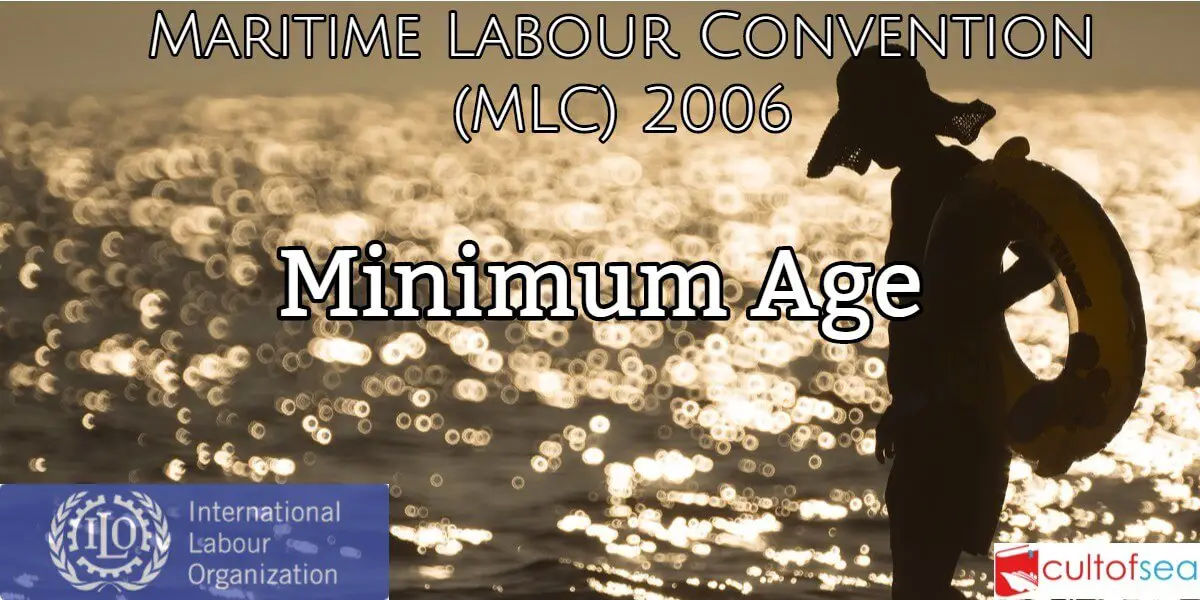Historic Background for FSANuclear Industry in the 60s: Probabilistic Safety Assessments Chemical Industry in the 70s: QRA, Seveso Directive I and II Offshore Industry in the 80s: QRA, Industrial Self Regulation Regime in Norway, Safety Case Regime in UK Shipping Industry in the 90s: FSA1992: UK House of Lords, Lord Carver Report 1993, MSC 62: UK proposes FSA concept 1997, MSC 68: FSA Interim Guidelines 2001, MSC 74: FSA GuidelinesDefinition Formal Safety Assessment or FSA is a structured and a systematic methodology aimed at enhancing Maritime Safety … [Read more...]
Passage Planning
When the Master gets the nomination of the next port, he communicates this information to the navigating officer of the ship. On hearing this, how the navigating officer proceeds to plan the passage, is precisely the coverage of this article.Research into shipping casualties has shown that the most important contributing factor is that of human error, 85% to be more precise.Among the recommendations for improving this situation is one for passage planning. A good passage planning means taking the vessel from A to B in the safest and shortest way. The concept of passage planning is not … [Read more...]
International Maritime Organization or IMO: what it is, what it does and how it works ?
International Maritime Organization (IMO) is a specialised agency of the United Nations dealing with maritime affairs , the main concern of which was to evolve international maritime structure to improve safety at sea. Because of the international nature of the shipping industry, it had long been recognised that action to improve safety in maritime operations would be more effective if carried out at an international level rather than by individual countries acting unilaterally and without coordination with others. Although a number of important international agreements had already been … [Read more...]
Special Areas under MARPOL
In Annex I Prevention of pollution by oil, Annex II Control of pollution by noxious liquid substances, Annex IV Prevention of pollution by sewage from ships and Annex V Prevention of pollution by garbage from ships, MARPOL defines certain sea areas as "special areas" in which, for technical reasons relating to their oceanographical and ecological condition and to their sea traffic, the adoption of special mandatory methods for the prevention of sea pollution is required. Under the Convention, these special areas are provided with a higher level of protection than other areas of the sea. Annex … [Read more...]
Minimum age – MLC 2006
Regulation 1.1 – Minimum age (Minimum requirements for seafarers to work on a ship) Purpose: To ensure that no under-age persons work on a shipNo person below the minimum age shall be employed or engaged or work on a ship. The minimum age at the time of the initial entry into force of this Convention is 16 years. A higher minimum age shall be required in the circumstances set out in the Code.Standard – Minimum ageThe employment, engagement or work on board a ship of any person under the age of 16 shall be prohibited. Night work of seafarers under the age of 18 shall … [Read more...]
Medical certificate – MLC 2006
Regulation 1.2 – Medical certificate (Minimum requirements for seafarers to work on a ship)Purpose: To ensure that all seafarers are medically fit to perform their duties at sea 1. Seafarers shall not work on a ship unless they are certified as medically fit to perform their duties. 2. Exceptions can only be permitted as prescribed in the Code.Standard – Medical certificate 1. The competent authority shall require that, prior to beginning work on a ship, seafarers hold a valid medical certificate attesting that they are medically fit to perform the duties they are to carry out at … [Read more...]
Convention on the International Regulations for Preventing Collisions at Sea, 1972 (COLREGs)
The 1972 Convention was designed to update and replace the Collision Regulations of 1960 which were adopted at the same time as the 1960 SOLAS Convention. Technical provisions The COLREGs include 41 rules divided into Six Sections:Part A - GeneralPart B - Steering and SailingPart C - Lights and ShapesPart D - Sound and Light signalsPart E - ExemptionsPart F - Verification of compliance with the provisions of the ConventionThere are also four Annexes containing technical requirements concerning lights and shapes and their positioning; sound signaling appliances; … [Read more...]





